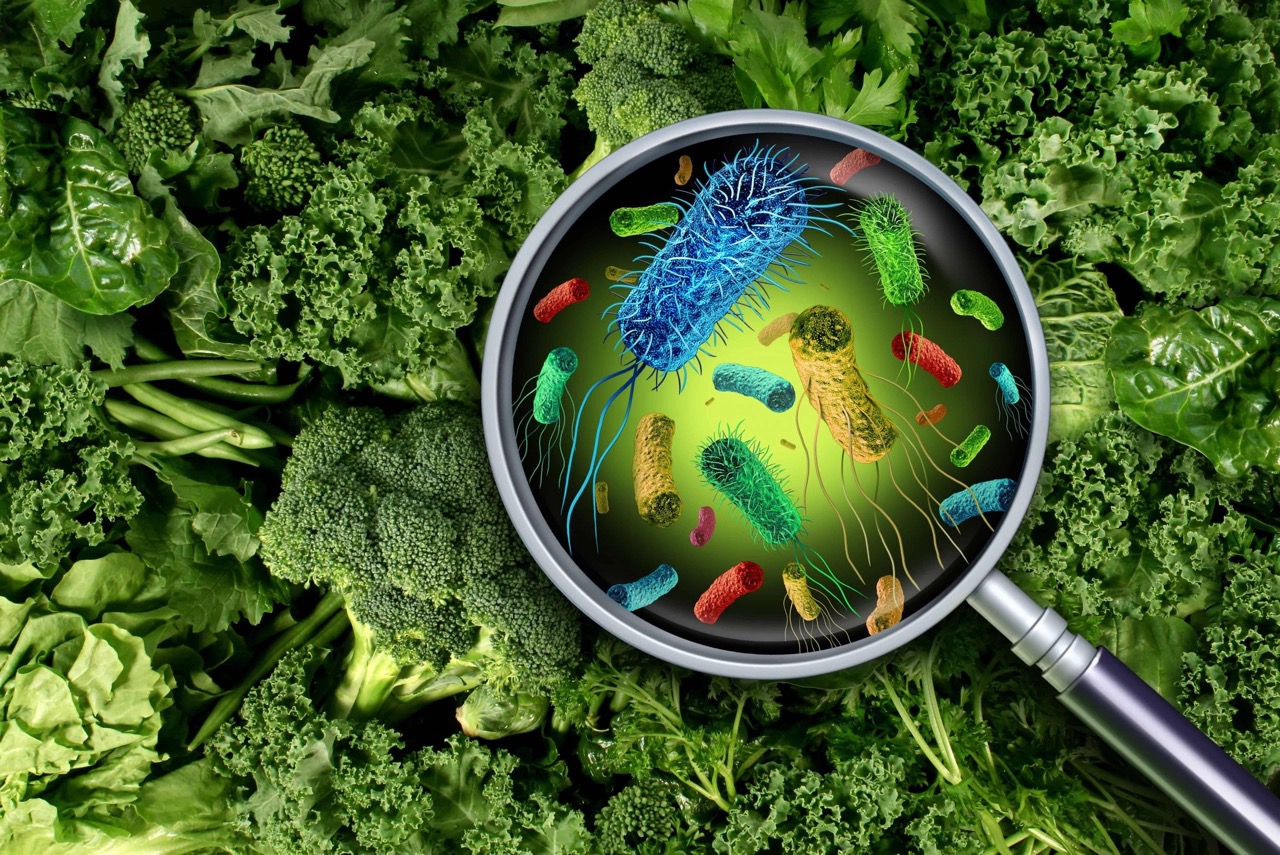Food Safety Hazards

With support from the EU, MARKUP Kenya is keen on promoting food safety and market access for select Kenyan produce locally, regionally and internationally.
This article brings to light some key food safety hazards:
Four primary categories of food safety hazards:
1.Biological
2. Chemical,
3. Physical, and
4. Allergenic
1. Biological hazards
- are characterized by the contamination of food by microorganisms.
- Found in the air, food, water, animals, and in the human body, these incredibly tiny organisms are not inherently unsafe – many provide benefits to our anatomy.
- Despite this, foodborne illness can occur if harmful microorganisms make their way into the food we eat.
- There are several types of microorganisms, each of which can negatively impact health: bacteria, viruses, and parasites.
Factors that influence dangerous microorganism growth
- Temperature range of 4° C – 60° C, enables rapid bacterial growth most.
- pH level of a food, or its acidity, can accelerate growth. Foods that are less acidic, such as milk, tend to foster bacteria at higher rates than more acidic foods, like lemon juice. Microbes prefer warmer, wetter environments, which make moist foods hotbeds for microorganism growth.
Prevention
- Best way to prevent biological hazards from affecting customers is to implement robust processing and storage strategies.
- E.g. cooking thoroughly or pasteurization of milk and juices. Use of packaging technologies during processing like vacuum sealing hinders bacterial growth.
- Proper temperature management for storage can dramatically reduce microbe growth.
- Effective sanitation practices throughout the distribution chain will reduce cross-contamination of food products.
2. Chemical Hazards
- Chemical hazards are identified by the presence of harmful substances that can be found in food naturally, or unintentionally added during processing.
- Naturally occurring chemicals, such as mycotoxins, intentionally added chemicals, including the preservative sodium nitrate, and unintentionally added chemicals, like pesticides.
- Others are Agricultural and veterinary chemicals, non-approved food additives and accidental contamination with chemicals used for cleaning and sanitization are important, particularly where there is limited control of or regulatory compliance with food safety in primary production and manufacturing and in implementation of safe operating procedures.
Prevention
- Similar to preventing biological hazards, proper cleaning procedures and sanitation requirements are the best methods of prevention.
- Training employees to follow strict guidelines is essential in preventing a chemical hazard.
- Additionally, limiting the use of chemicals to those generally recognized as safe (GRAS), and ensuring that chemicals are stored in designated areas separated from food products.
3. Physical Hazards
- Physical hazards are foreign objects that are found in food products.
- They are either naturally found in the specific item, such as stems in fruit, insects or not normally part of the food item, such as hair, stones, metal, or plastic.
- Unnatural physical hazards are generally more dangerous to health, whereas natural physical hazards can be harmless.
Prevention
Prevention of physical hazards focus primarily on thorough inspection of food, and strict adherence to food safety regulations, such as Hazard Analysis Critical Control Point (HACCP) discussed during this training.
4. Allergenic Hazards
- Allergic reactions occur when the human body produces an abnormal immune response to specific proteins found in food.
Prevention
- Unfortunately there is no way to prevent allergies, but it is possible to reduce the risk of an allergic reaction. So long as companies embrace proper sanitation techniques and present potential allergenic ingredients obviously on product packaging, allergic reactions will be minimized.
- Preventing an allergic reaction falls primarily on the consumer, but they can only do so effectively if businesses do their part with effective sanitation and labeling of ingredients
